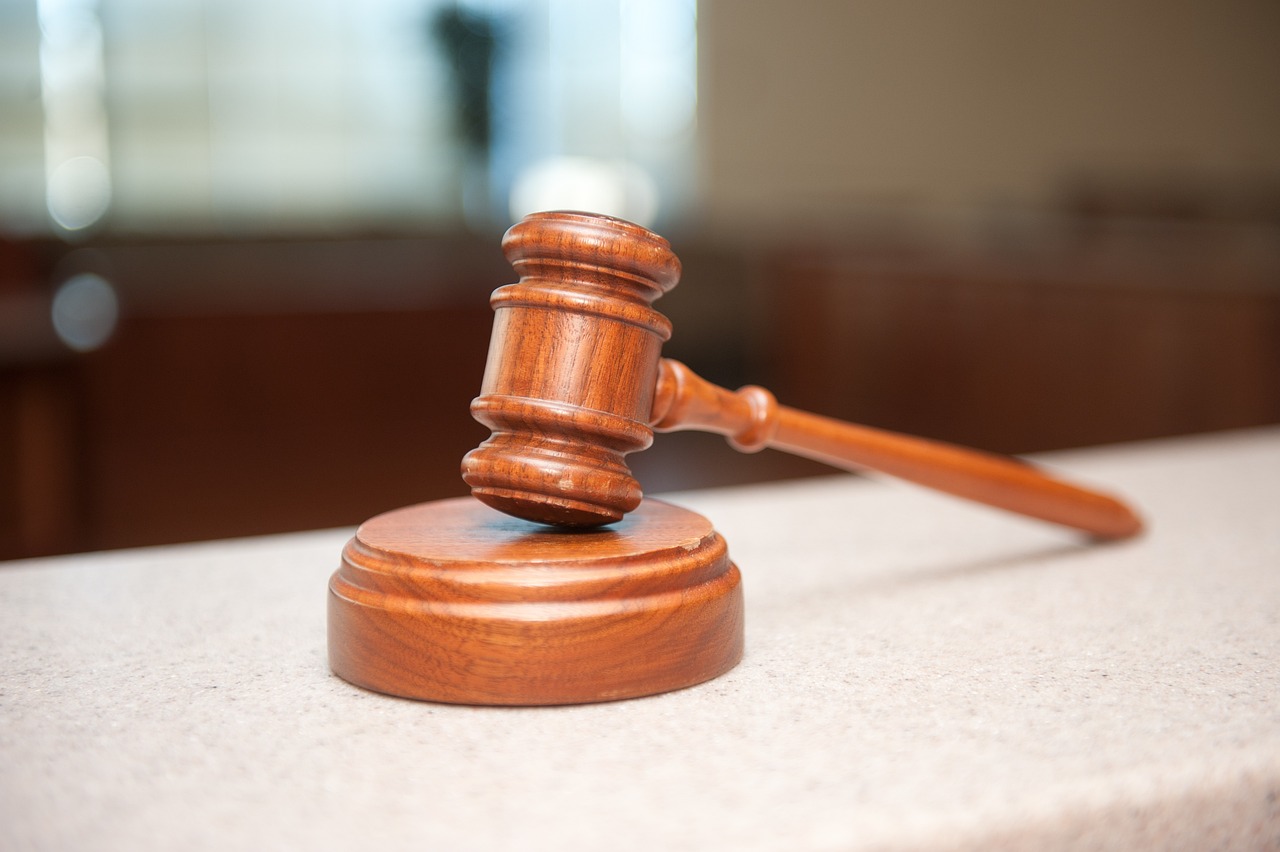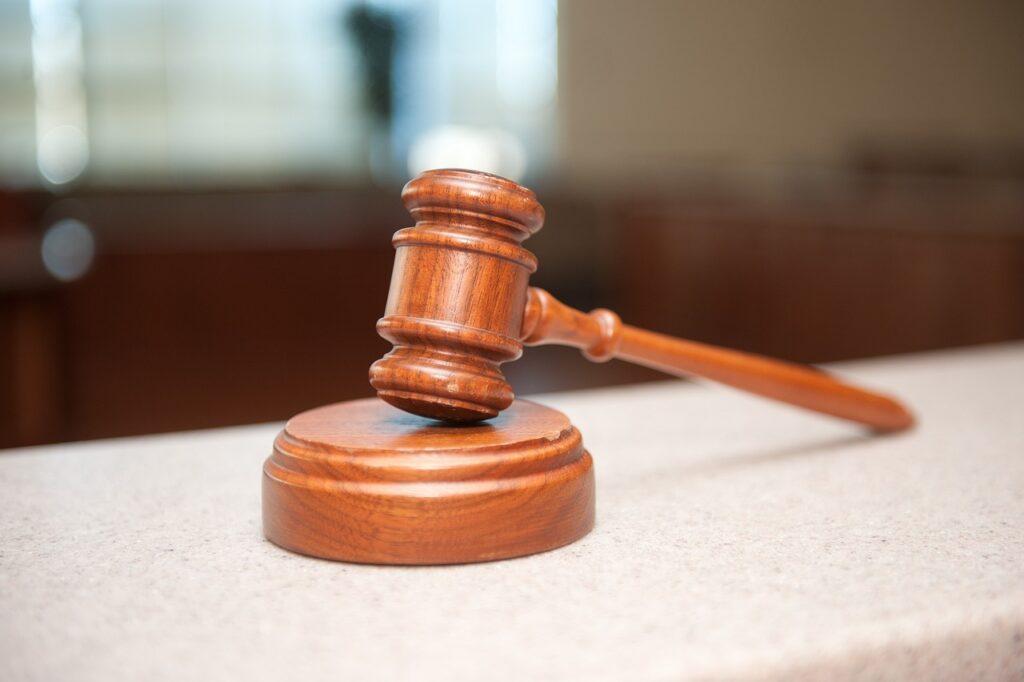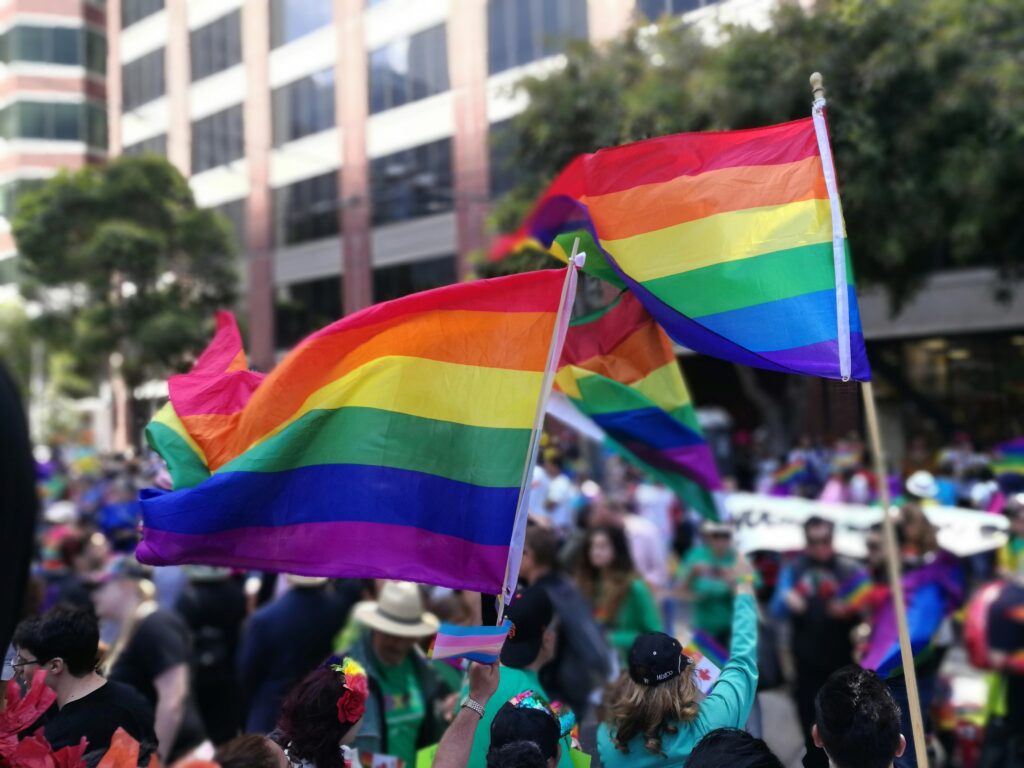Published On: 26th May, 2024

Authored By: Vanya Garima Kachhap
Faculty of Law, University of Delhi
The phenomenon of cosplay in the very recent years has arisen and evolved from being a mere hobby to a globe-wide cultural mark. Around the world, we have enthusiasts who meticulously handcraft their costumes to embody their favorite characters from the different fields of expressed art like comic books, films, video games, and other conventions of media available at gatherings, conventions, and various communities online. It is viewed that cosplay has served time and again as a vibrant expression of a creative mind and also shows the fandom it comes from. While doing that it also raises legal complex questions at the very crossing of intellectual property law and the conventional fan culture. This particular paper dives into more of an exploration of various legal implications of cosplay, while also contemplating how various realms of copyright rights of public law and trademark cross over with the practice of embodying the fictional characters. By giving more information via the case laws scholarly commentators, ship, and contemporary legal debates, the aim is to provide a comprehensive understanding of the legal framework that surrounds costume play and the challenges and opportunities that it readily brings to the front for all the creators, right holders and fans.
Starting off with some of the potential case laws to make more clear , the context of cosplay and its intersection with intellectual property rights.
- ROGERS v. KOONS (1992) This case deals in the concept of fair use in the field of copyright law and discusses the transformative nature that cosplay costumes have which is seen as a form of creative expression . This was a landmark copyright infringement case in the world of art. The parties involved were :
- a) Martha Graham Center of Contemporary Dance : They were representing the interests of the choreographer Martha Graham.
- b) Rogers: Referring to the photographer Art Rogers.
- c) Jeff Koons: Renowned contemporary artist who was known for his artwork in appropriation of images.
The central legal issue of this case was whether or not Jeff Koons’s artwork String of Puppies infringed upon the copyright of work of Art Rogers’s photograph Puppies. The court had to find out if Koon’s photograph constituted fair use or if it was an infringement of Rogers copyright .
FAIR USE DOCTRINE AND TRANSFORMATIVE USE
Fair use is a legal doctrine that is used in copyright law which allows the limited usage for the copyright materials , not obtaining permission from the holder of the copyright. Based on the principle that certain uses of copyrighted works are considered fair and that they do not infringe upon the rights of the copyright holders.
It is intended to attain the balance between the rights of the copyright and the publics interest in the free exchanging of ideas and information.
The concept of fair use has been of relevance to creative works in several ways. To talk of a few:
- a) Criticism and commentary: Allowing creators to use copyrighted materials for the purpose of criticising or commenting. This means that artists, filmmakers, writers, and more creators hold to incorporate copyrighted material into their own work in order for them to analyze, discuss upon, or to satirize
- b) Education and research: Fair use enables scholars, educators, and researchers to use copyrighted material in their work for the intention of teaching, scholarship and research which allows for the dissemination of knowledge and for the advancing of learning without having to acquire permission from copyright holders.
- c) News Reporting: Fair use also permits the usage of copyrighted materials in news reporting and journalism. This allows journalists to incorporate copyrighted images, video clips, etc. in their reporting with the intention of proving accurate and informed coverage of current events in line.
- d) Transformative work: Fair usage often times is applied to works that in some way transform the original material by adding fresh meaning, context, or expression. This includes activities such as remixing, sampling also creating mashups where copyrighted material is being reimagined also repurposed to be creating something fresh and original.
Overall, fair use can be seen as a crucial aspect of copyright law which fosters creativity, newness, innovation, and free exchange of the various ideations . Also provides for the flexibility for the creators to be engaging in copyrighted materials with the various of ways while still being respectful towards the rights of the copyright holders. All of that being said, the determination of whether a particular use qualifies as fair use can be very complex and depending on the facts of the intention, purpose and characters of the usage, nature of works, degree of the substantiality of the part in the use and the effect it holds to have of the usage on the potent market of the origin of the work.
COURT APPLICATION OF FAIR USE DOCTRINE TO THE DISPUTED ARTWORK
In this case, court determined the fair use doctrine in finding if Jeff Koon’s artwork String of puppies had fair use of Art Rogers photograph puppies . Court examined four of the factors which have been outlined in the Section 107 of the U.S. Copyright Act to find if Koon’s use of the talked about picture was fair.
- a) Purpose and characteristic of the usage: The Court had considered if Koons usage was either transformative or it just happened to be a copy of the original work. Court found that it was not transformative because he just replicated the picture into his artwork excluding the new and significant expression, meanings, and more narrative to context.
- b) Nature of Copyrighted Work: The court, considering the nature of the photograph of Rogers which happened to be a creative and original work by nature. The depiction of the photograph happened to be a very simplistic subject matter which was the puppies in a basket, even then it was entitled to copyright protection as an originating work of authorship.
- c) Amount and substance of the portion in use: The Court assessed the degree and significance of the amount of the used work in Koons artwork. Koons’s piece had a close resemblance to Rogers photograph. It used a very significant portion of the work that was originally made without any sort of alteration.
JUDGEMENT AND CONCLUSION OF THE CASE
Basing the argument on these factors the court had to conclude that Koon’s usage of Rogers’s original work did not qualify as fair use. It deemingly infringed upon the original works copyright and the damages were awarded subsequently to Rogers. This case underscored the importance of respecting copyright protections and the limitations of the doctrine of fair use particularly in the case that involves the appropriation of visual artworks.
The case attracted a lot of significant attention in the world of art as it had mounted questions on the boundaries of artistic appropriation and the rights of original creators of the same. Ultimately ruling the decision of the court in favour of Rogers after finding that Koons artwork was infringing upon Rogers’s copyrights. It also awarded damages to Rogers. The case ended up setting a precedent regarding the limits of artistic appropriation and the importance that held in respecting the copyright protections in the world of art.
- DC COMICS v TOWLE (2013): Also known as the BATMOBILE CASE revolved centrally around the legal question of whether or not Towles replica Batmobiles had constituted unauthorized reproductions of DC comics copyrights on character and design or if they were fact within permissions of expression of fan art or homage. The case ultimately ended up addressing the balance amidst the copyright protection and the freedom of the creators in order to pull inspiration from it and pay tribute to the very iconic symbol of cult of the DC Comic like the Batmobile.
Parties involved in this case were:
- A) DC COMICS: A very big name in American comic book publications and the copyright holder of various iconic characters that included Batman and the Batmobile.
- B) Mark Towle : A builder of custom cars who replicated and created vehicles from popular movies and comic books which was inclusive of the Batmobile.
The central legal issues of the case are :
- A) Infringement of copyright: DC Comics alleged that Towles creating and selling of replicated batmobile included copyright infringement because the Batmobile is a character that is copyrighted and designed whose copyright holders are DC comics.
- B) Protection of the character: The case raised questions about the extent to which characters with their own associated vehicles, in our case the Batmobile, are entitled to copyright protection as they are expressive works of art.
- C) Licensing and Merchandising: The case outcome had implications holding the ability of the copyright holders like DC Comics to control the licensing and merchandising of their own characters as well as associated products inclusive of the replica vehicles .
- D) Work of Derivation: The issue of whether or not Towles’s replica Batmobile was transformative enough to be considered new, original work or whether they were mere derivations of the infringed work is also an issue involved in the case.
COPYRIGHT PROTECTION OF FICTIONAL CHARACTERS:
This is a very complex area of intellectual property law, but this needs to be understood in order to gain in completion the proper takeaway from the case at hand. To clearly know this here are a few pointers to consider :
- a) Expression v Idea: As is known that the copyright law works to protect the expression of ideas and not the ideas themselves , having said that to explain it further while the specifications of the character such as the appearance of the character, its personality traits , its dialogues , while all of this is protected by the laws generally it is seen that the underlying ideation of the character for example a crime fighting superhero , is not protected. As it is a mere idea of the superhero intended to be made into and not the proper expression or elaboration of the idea of this superhero who aims to fight the crimes of his world.
- b) Originality and fixation: The eligibility criteria for copyright protection for a fictional character is that a fictional character must be original and fixed in a tangible form. Here originality means that the character must possess some degree of original expression and also creativity rather than just being a very generic character. Also, the fixation talked about earlier is a reference to the character being in expression in a tangible medium of existence like a story that is written, an illustration of the same, film or digital different forms of media.
- c) Distinctiveness: The protection of copyright extends to fictional characters that are sufficiently developed plus distinct. Flat characters or characters that lack distinctive features may not qualify for copyright protection. Having said that , the characters with well-developed unique attributes, backstories, appearances, and personality traits are likely to be considered and counted as protectable under the copyright laws.
- d) Character depiction: Copyright for fictional characters encompasses different variations of their depictions that inclusive of their visual appearing, personality traits, character development, and back story. However, protection is not given out to generic characters such as the archetypal heroes or villains.
- e) Derivative Works: Fictional characters copyright holders have exclusive rights to be forming derivative works based off of those characters. This would be inclusive of sequels, adaptations, spin- offs, and more works that feature the characters. Usage that’s unauthorized, of the characters that are copyrighted in derivative works, often constitutes to copyright infringement.
JUDGEMENT AND CONCLUSION OF THE CASE
Overall, as we’ve seen above, the protection for the fictional characters is seen aiming at incentivizing creativity while also pushing the development of original characters, also giving the creator exclusivity of rights over the control and profit yielding from their creative works. Having said that, the scope and extension of the copyrighted protections for fictional characters may vary in accordance with or according to the specific characteristics and circumstances of every case.
The court ultimately ruled in favor of DC comics, affirming that the Batmobile is in-fact a copyright-protected character and design. Overall, the Batmobile case laid an important precedent regarding the scope of protection of fictional characters under copyright laws as well as their associated designs. The case was seen to be reaffirming the rights of the holders of copyright in order to hold control and profit from their creative works. Also highlights the need for creators and businesses to respect those rights when in production of derivative works based on copyrighted characters.
CITATIONS OF THE CASES:
- Rogers v. Koons, 960 F.2d 301(2d Cir.1992)
- DC Comics v. Towle, 802 F.3d 1012(9th Cir. 2015)
ANALYSIS
The legal implication of cosplay presents a complex yet evolving landscape. Through the deeply discussed discourse with the help of case laws including Rogers v Koons, and DC Comics v Towle alongside current debates it becomes evident that cosplay is an embodiment of the uniqueness of creative expression which challenges the traditional and conventional notions of copyright protection that used to be given out. of copyright, and trademark, while also including rights of publicity laws.
Creators, cosplay enthusiasts, and right holders navigate alike with a delicacy of balance between celebration of beloved characters and respecting right holders of the intellectual property owners of the same. While it is seen that cosplay gives rise to community, creativity, and engagement of fandom, it also inclusively raises important legal notions regarding fair use, likelihood of confusion, and brand protection.
As we see cosplay continue to rise and thrive as a global phenomenon, the stakeholders must be ready for collaboration in order to establish clear intent and guidelines, while also educating participants about their rights and the responsibilities that come with it, in order to foster and cultivate an environment that holds to encourage creative expressions as well as legal compliance.
By embracement of a nuanced approach that recognizes the transformative nature of cosplay while also safeguarding the interests of the right holders, it can be ensured that the fan culture will remain to its utmost, full of vibrancy, inclusivity, and will also be sustainable legally for the coming generations.
REFERENCES:
- Daily, James, and Ryan Davidson. THE LAW OF SUPERHEROES. New York: Gotham books, 2012
- Journal of Intellectual Property law & practice . Oxford Academic . https://academic.oup.com/jiplp.
- Rogers v Koons, 960 F.2d 301 (2d Cir.1992)
- DC Comics v Towle , 802 F.3d 1012 (9th Cir. 2015)




